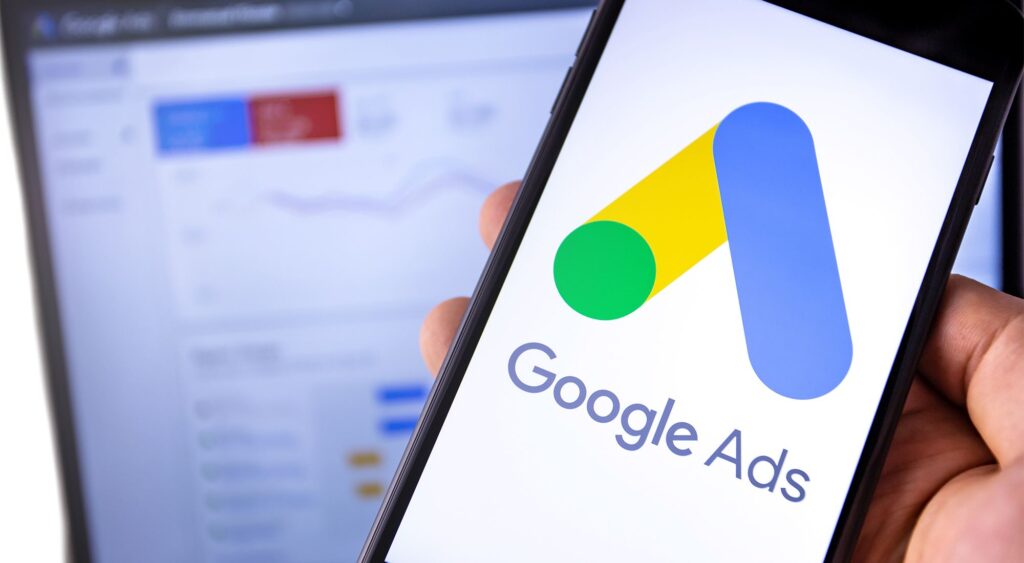
Everyone has heard of Google Ads, though it goes by many names, such as AdWords, Ads, and Google AdSense. These ads get displayed in your Google search results, and you want to learn how to set them up. However, maintaining and managing their performance is also crucial.
Table of Contents
What’s Google Ad Campaign Management?
The first step is to understand how Google Ads works and then set up a Google Ads campaign, but your work isn’t finished. Passive income isn’t possible when you’re managing and running these campaigns.
Generally, successful ad campaigns require you to spend plenty of time on the backend testing everything against your key metrics, switching the copy and designs, looking at keywords, and evaluating the performance of the ads. These are crucial steps to help you build a campaign that pays you for months or years.
It’s worth it all in the long term, but you must focus on campaign management to get results. The ultimate guide to Google Ads campaign management is here to assist! Here are the steps to take:
1. Check the Current Performance

Source: allq.com.br
Before determining what to change, you have to check the ad’s performance and see what works. Here are five key metrics to focus on:
- Impressions – Impressions happen when the ad gets displayed and viewed by someone using Google. Your budget plays a part, but relevance and quality are the most crucial factors.
- Clicks – Everyone wants those clicks, and that happens when a person sees the ad and clicks on it. Ideally, you want as many as possible.
- Cost – We’re talking about the cost-per-click here. You should scale ads by learning how much money to put into them to get conversions. However, it includes quality scores, bids, and ad ranks, too.
- Conversions – Conversions happen when someone takes an action and moves off of the SERP and onto your landing page/site.
- CTR (Click-through Rate) – CTRs are how Google measures the relevance of the ad and helps you see if it resonates with your audience.
2. Re-evaluate Ad Targeting
Targeting is crucial for campaign management and all types of digital marketing. You must understand your audience and their intent, which means creating a solid buyer persona. Here are a few questions to ask:
- What does the ideal customer need or want?
- What might they look like?
- How much do they earn?
- Where are they located?
- What interests do they have?
- What problems do they want to solve?
Here are some metrics you may use for ad targeting:
- Remarketing – This focuses on targeting those who have interacted in the past but never converted.
- Customer Intent – Choose keywords related to those who engaged with your similar content.
- In-Market – Show ads to those with a history of researching products like yours.
- Affinity – Reach your target audience by using display and search networks.
- Demographics – Target people based on age, devices, gender, and location.
3. A/B Test the Design and Ad Copy
It’s time to focus on the ad copy and design, such as the URL, description, headline, and offer. If those factors hurt the ad’s performance, test them against something else. Just make sure you’re only changing one thing each time to determine what was wrong.
Dynamic ads can work around many clicks with few conversions because they pull the content from your site. Therefore, the description and headline are already relevant to the offer!
4. Check Negative Keywords
Negative keywords are those you don’t use to display the ad. There are various reasons someone does this. However, the primary one is to tell Google to make decisions for you. Using negative keywords for competitors, brand names, and other things that don’t lead to conversion is fine here.
5. Optimize Landing Pages

Source: crazyegg.com
A big part of Google Ads campaign management happens off the SERPs and on your landing pages. If the ad doesn’t convert but gets impressions, there might be something wrong there.
Optimize the landing page by looking at the offer, page structure, headlines, button placements, calls to action, and all the rest. An A/B test is the best way to find the problem.
6. Avoid Common Mistakes
The most common mistakes could kill the ad before it goes viral. They include:
- Using Inappropriate Keyword Matches – You can choose from phrase, broad, and exact match, and the wrong one makes it harder for your ad to get to the audience.
- Bad Ad Copy – This is the key to everything. Make the ad stand apart and use every character allowed.
- No Clear Margins – Google isn’t here to help with your finances. Only you know what you can afford to profit from the ads. Make sure you’ve established this ahead of time so that you don’t play catch-up later.
Conclusion
Once you know how it all works and have set up your campaign, you have to manage and maintain it so that it continues generating interest and income. The steps above can help you, but many people turn to Perth Digital Edge for assistance. Our team can assist so that you can focus on other aspects of your business. Contact us to get started!








